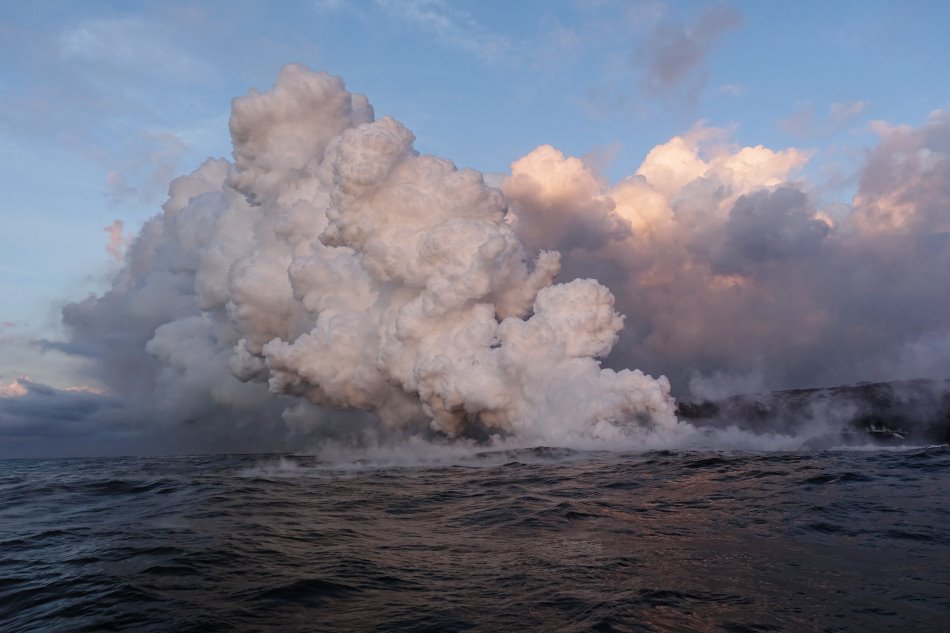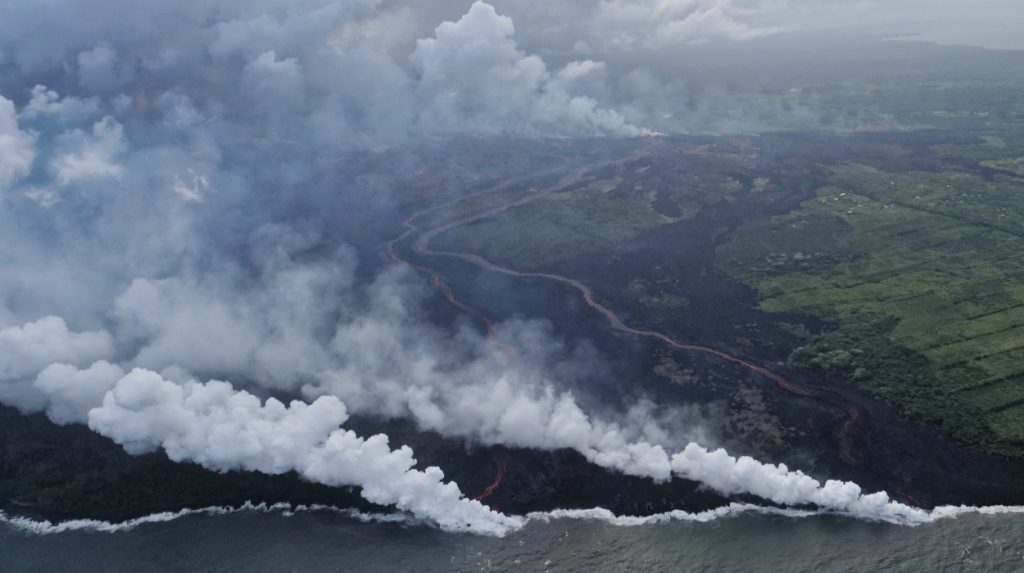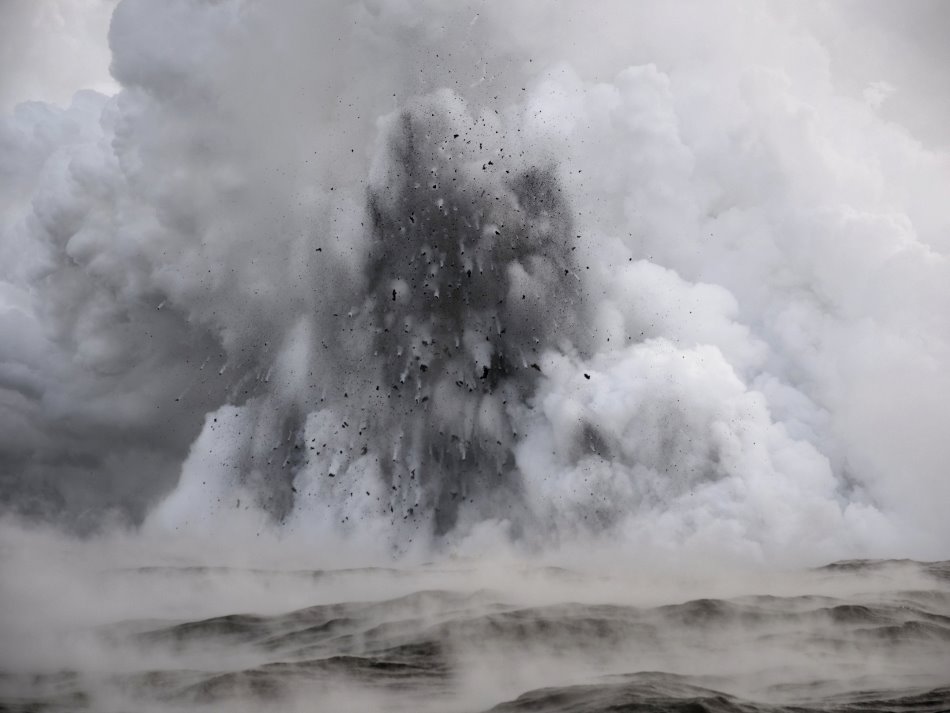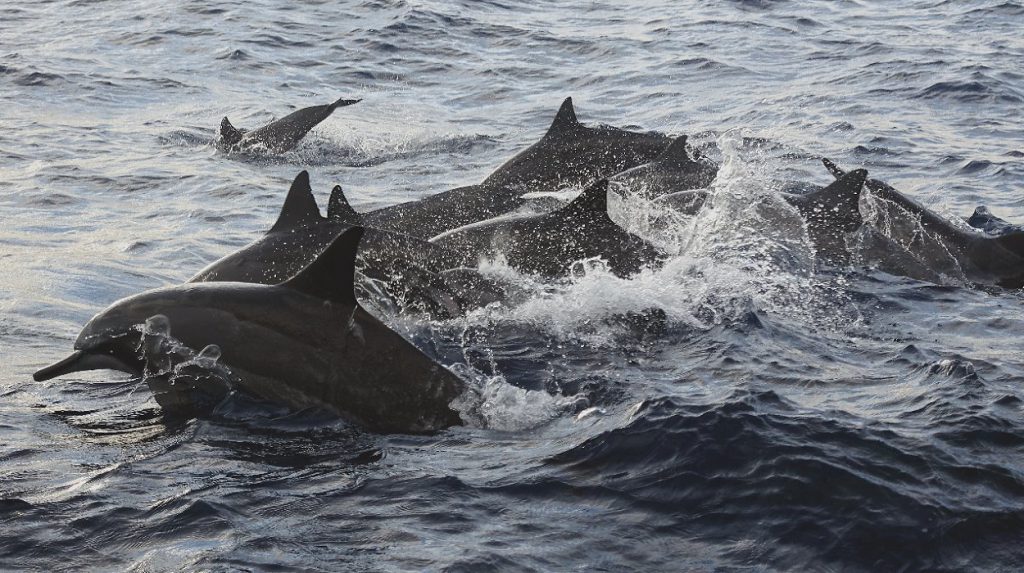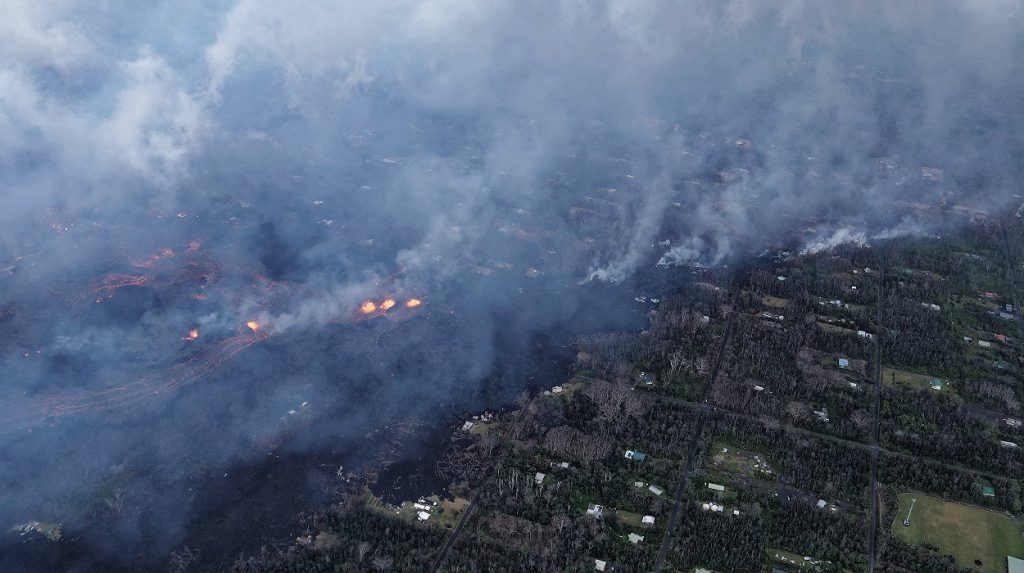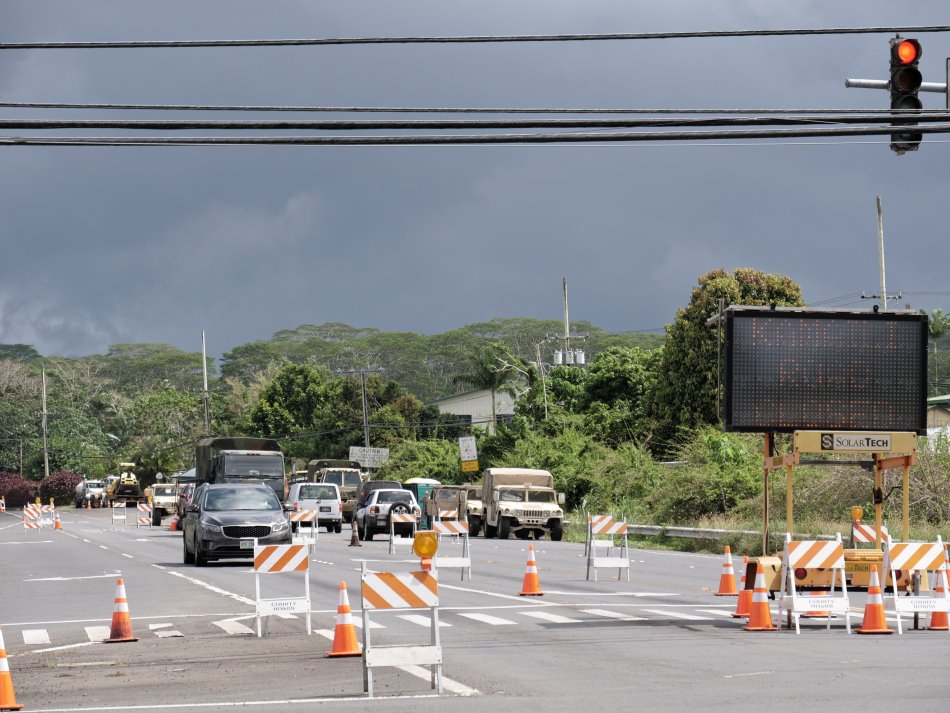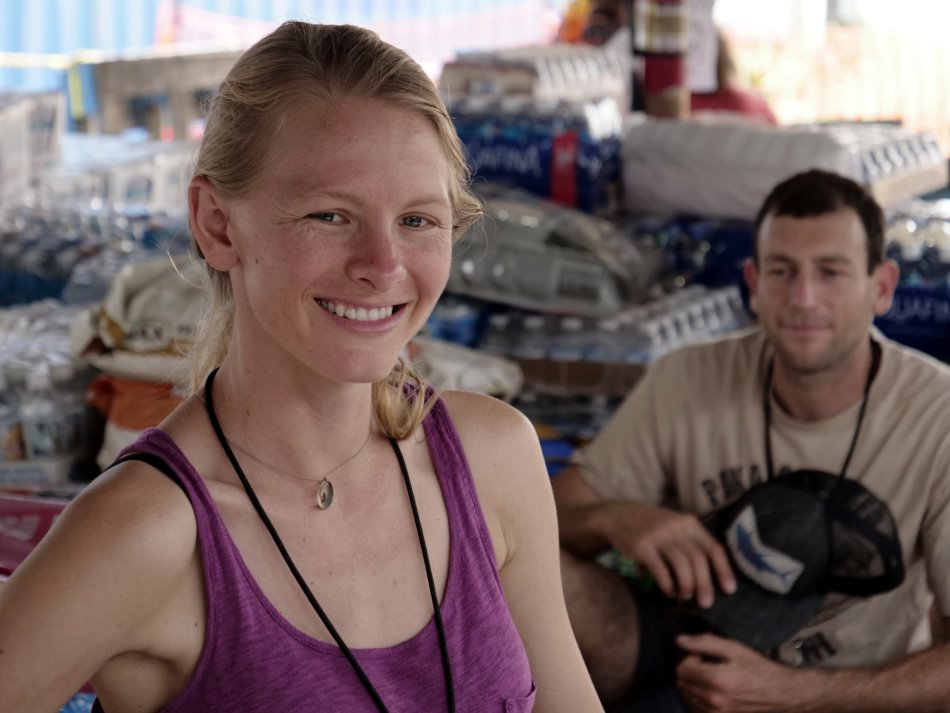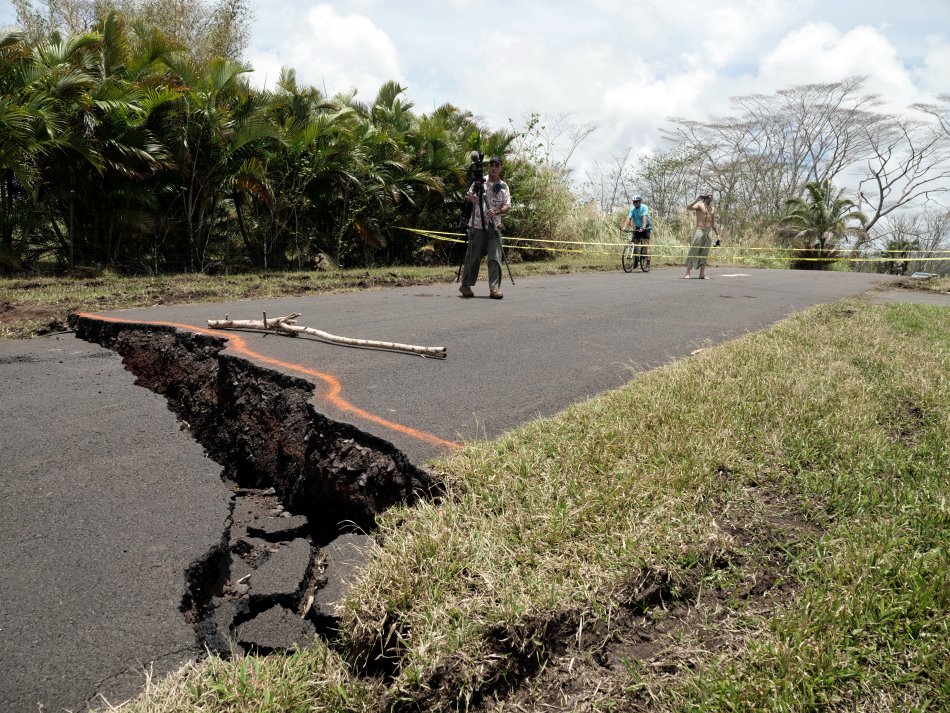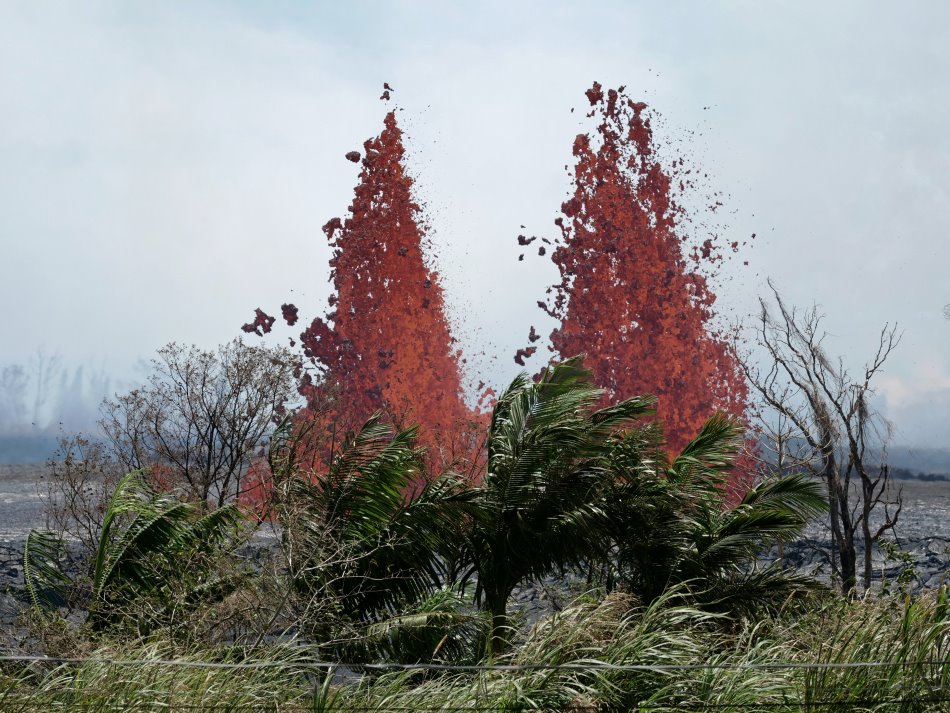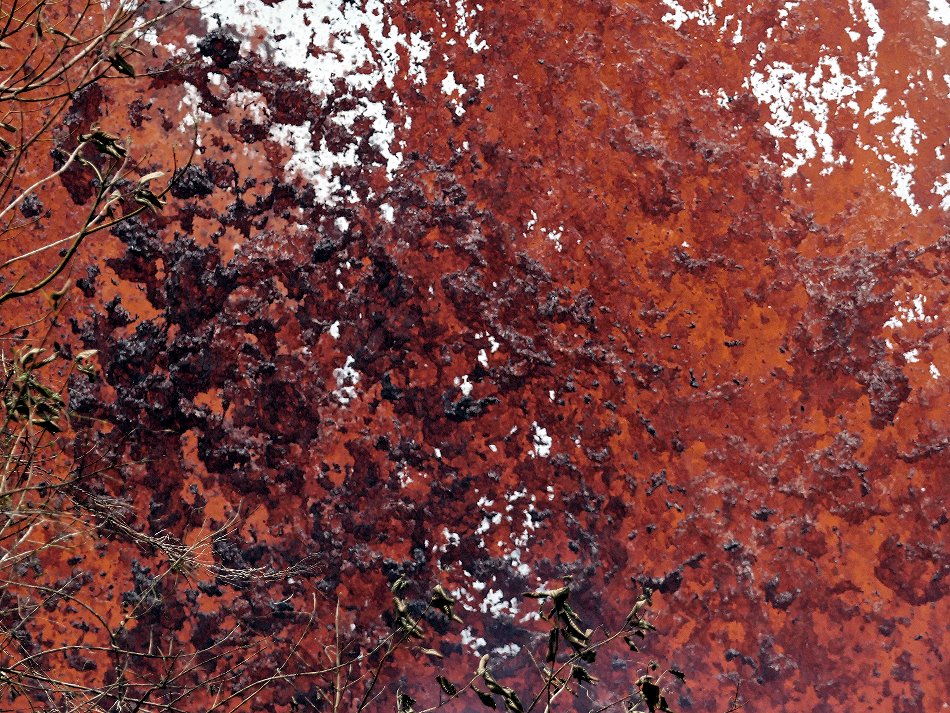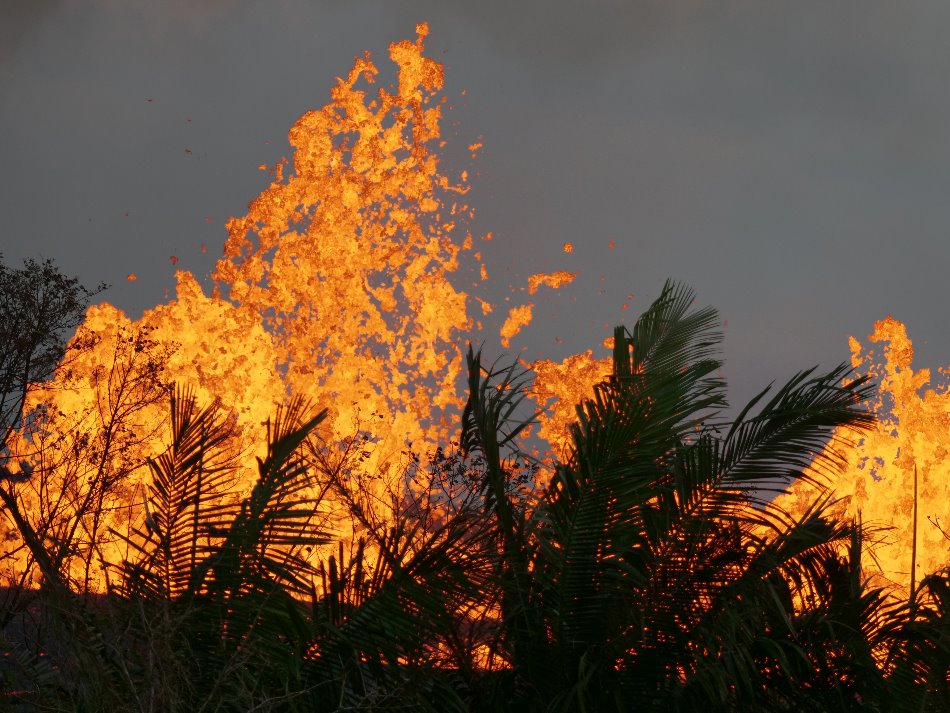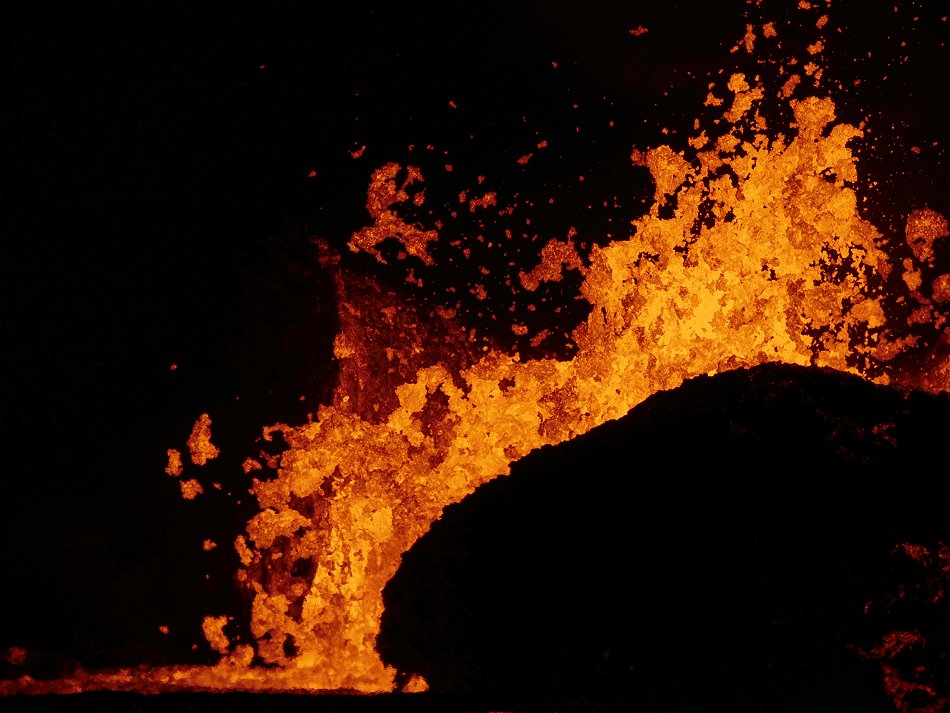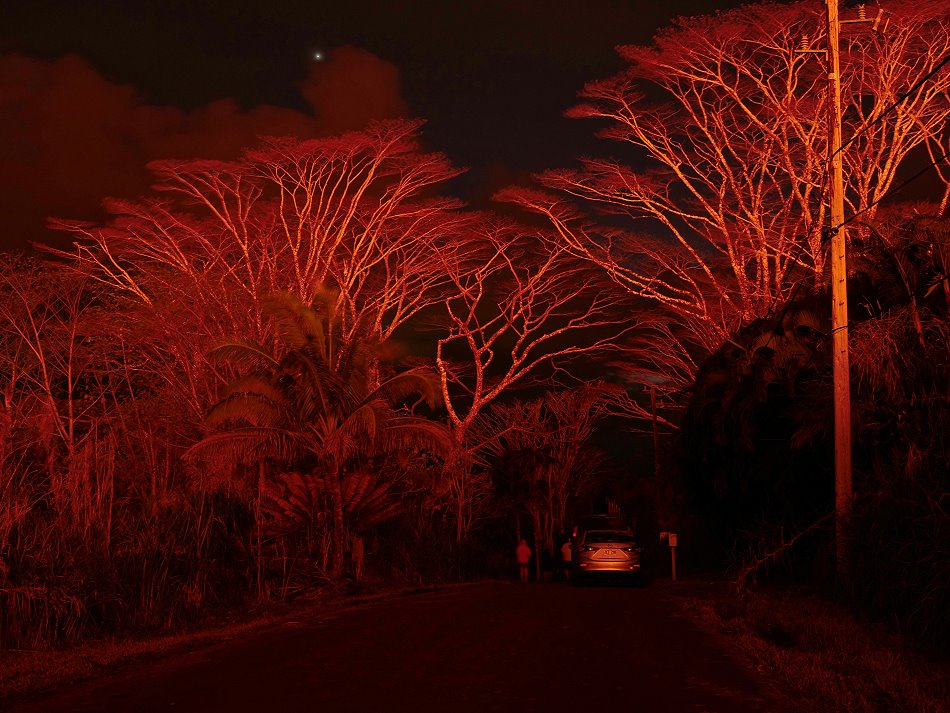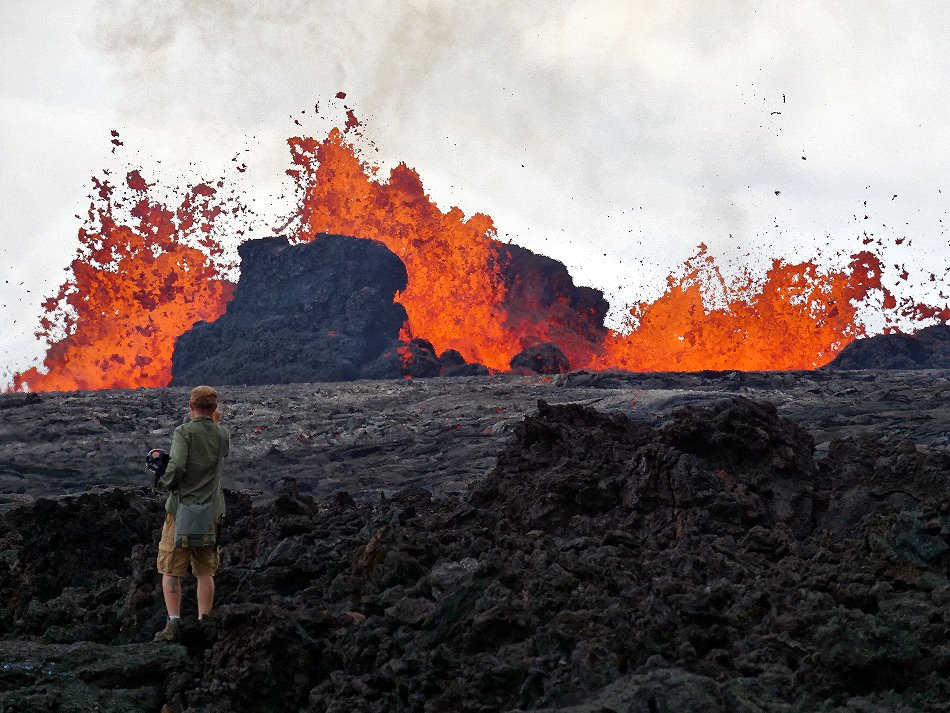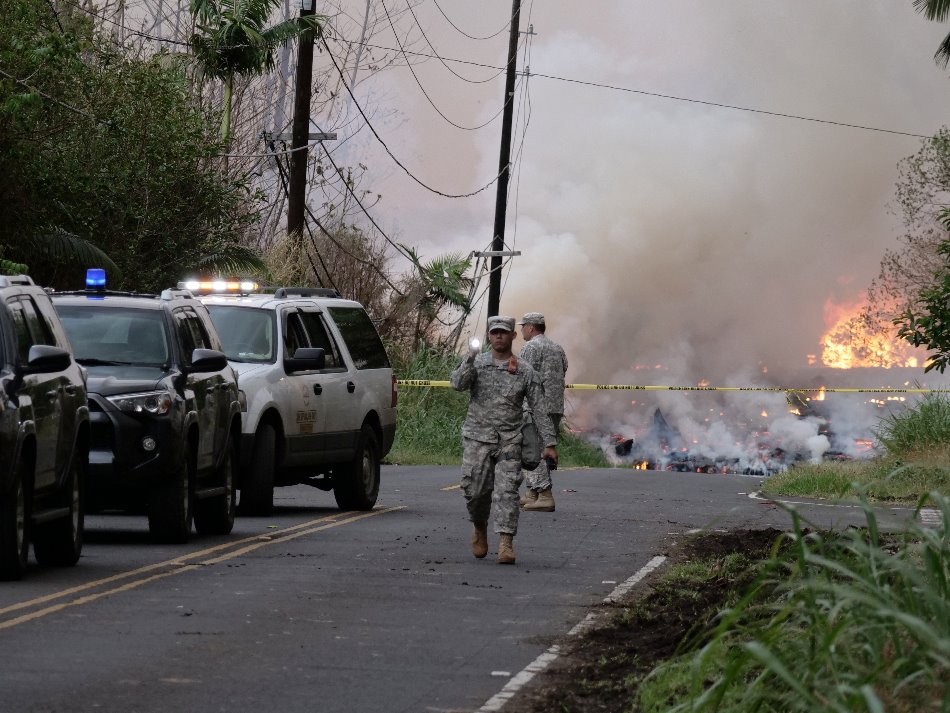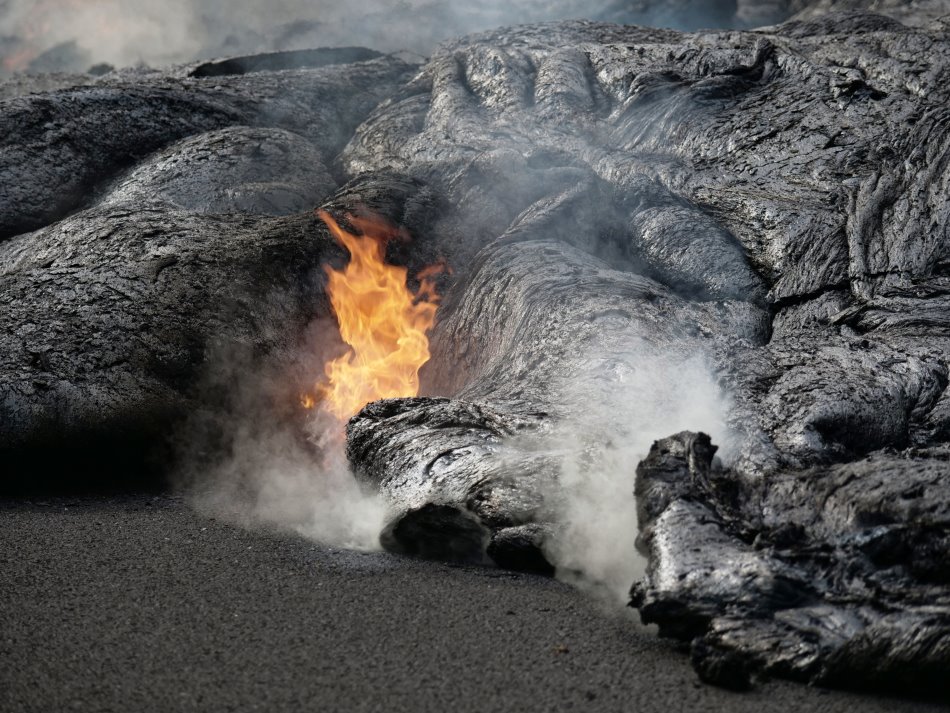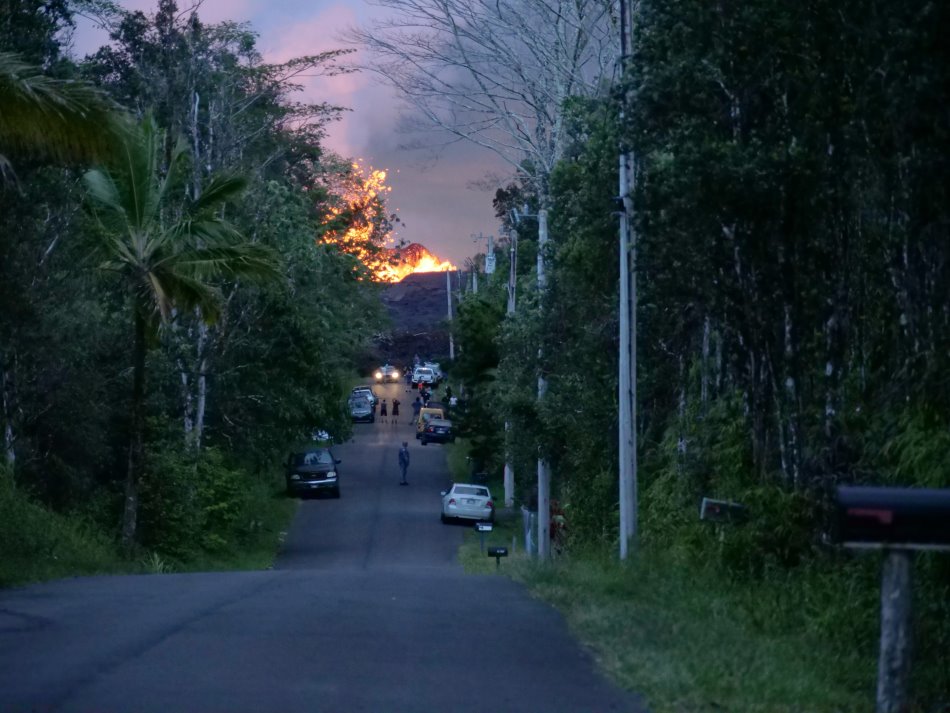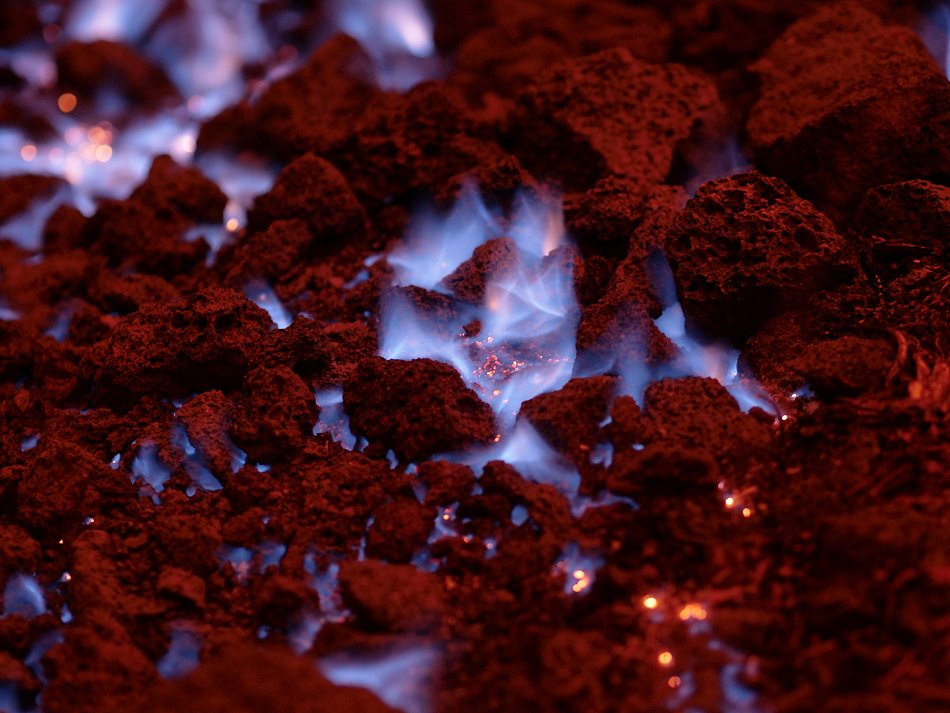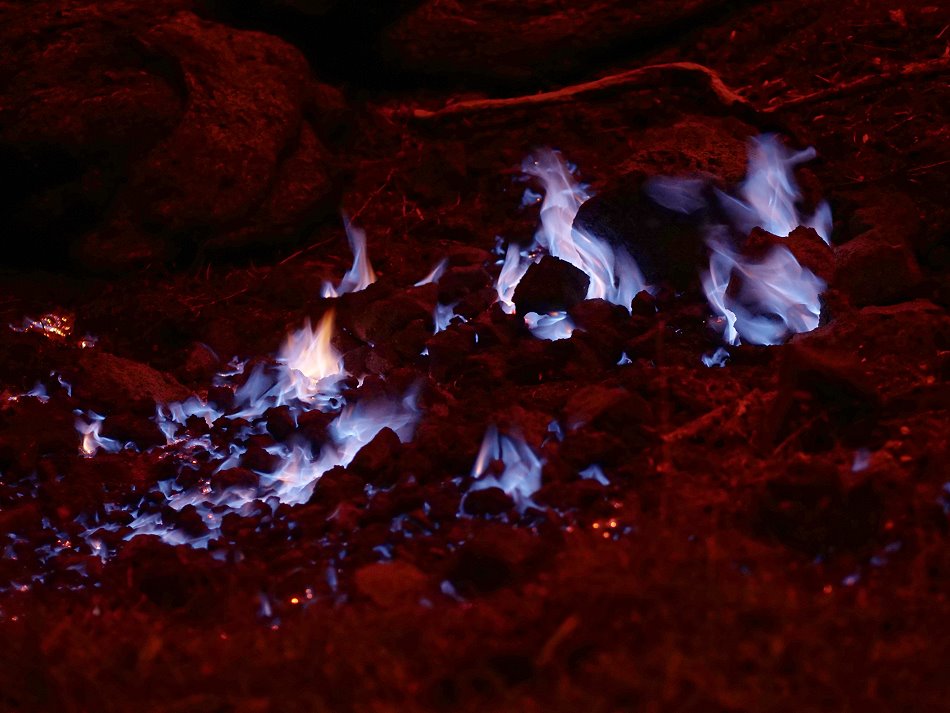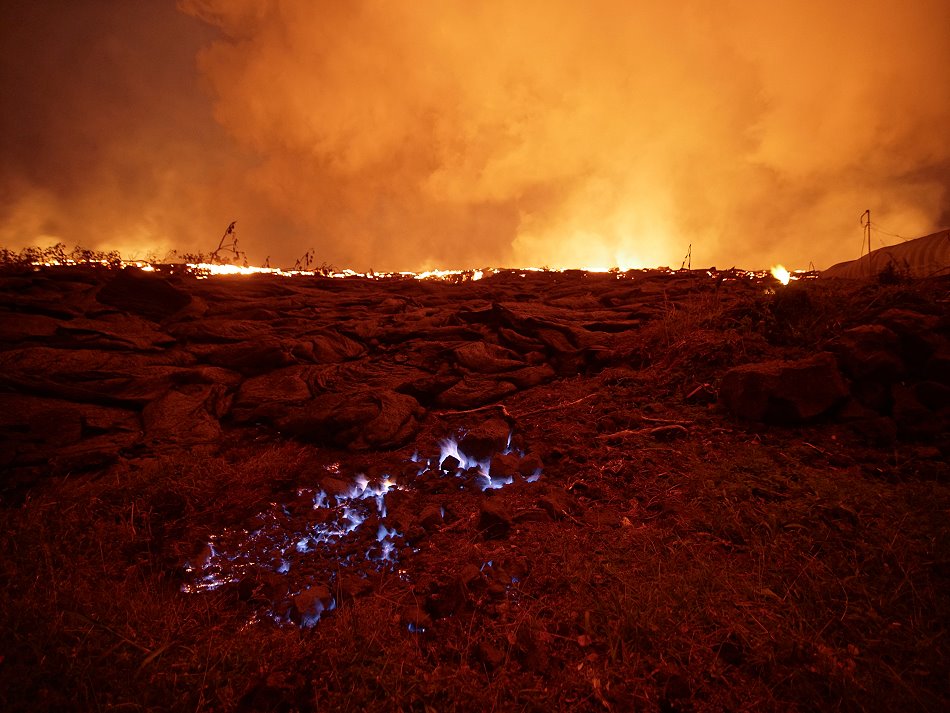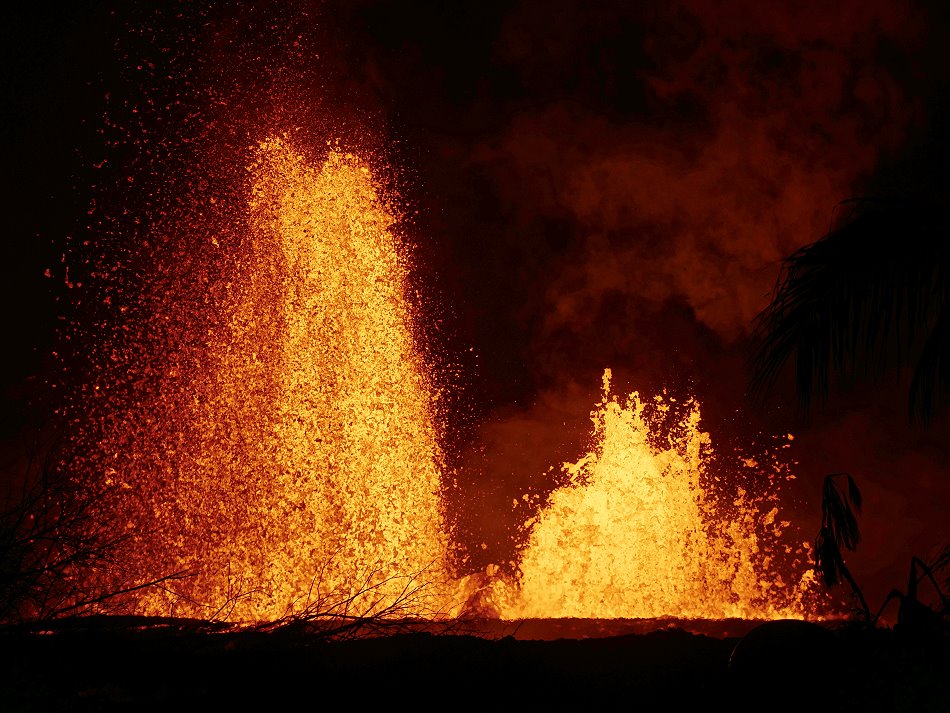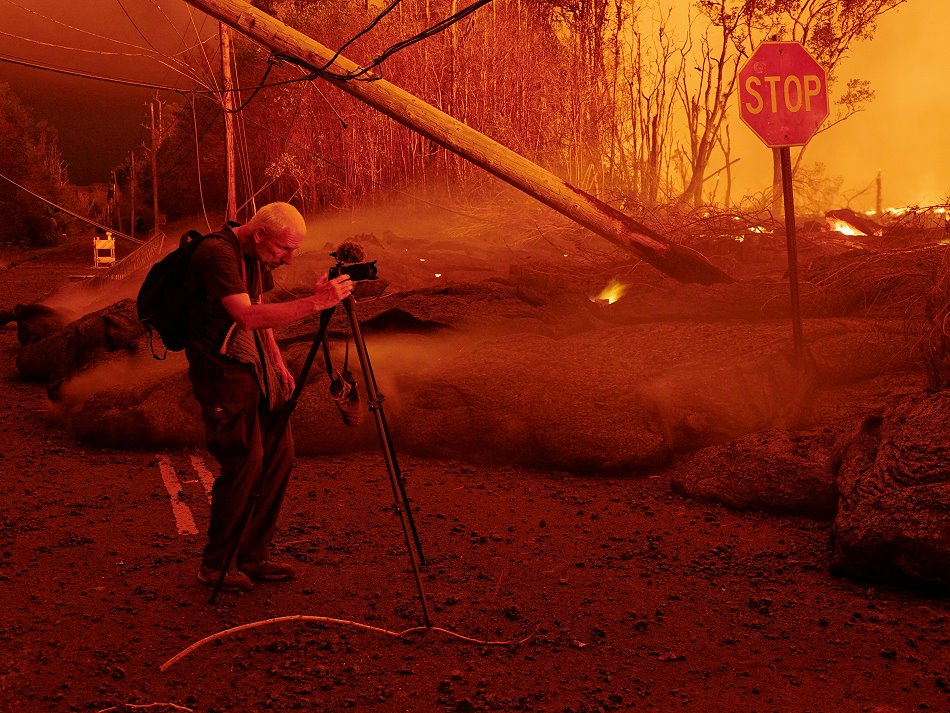In May 2018 a huge eruption of Mount Kilauea on Hawaii started. By the end of the month I visited the site of eruption on Big Island Hawaii.
The eruption at Kilauea in Hawaii came as no surprise. Already in April the seismic activity increased and the lava lake in the pit crater of Halemaʻumaʻu crater overflowed several times. With a little delay the activity in the Puʻu ʻŌʻō crater also increased. This crater is located in the upper part of the east drift. A larger eruption was thought possible, but what followed was not necessarily expected. At the beginning of May a seismic crisis occurred and the Puʻu ʻŌʻō crater began to collapse. The earthquakes moved along the east rift towards coastal plains and with them the magma that had accumulated under the crater. The magma migrated to the coastal plains and accumulated under the Leilani Estates housing estate, south of the small town of Pahoa. The volcanologists registered a bulge of the ground and cracks formed: a magmatic corridor had formed that ended under the settlement. Whole streets burst open like an overripe tomato. From some cracks it steamed. A little later the first small eruptions took place. In the first days of the volcanic eruption, lava was produced from a residual melt. According to the chemistry, it was the same magma that was responsible for the 1955 eruption. So the magma had lain dormant in the magma reservoir for at least 63 years before it was now displaced by fresh magma from the Puʻu ʻŌʻō crater and erupted as lava at Leilani. On May 20, the eruption intensified: the residual melt had now been ejected and fresh, hotter and thinner lava emerged from the fissures that had formed along the magmatic vein. A few hours later the lava flows reached the ocean. On their way there they destroyed numerous houses and streets. A geothermal power plant was located at the edge of the active fissure along with the lava flows and threatened to explode. A particular danger was posed by the methane gas that was created when the lava buried and charred the vegetation.
